Buick 1998 LeSabre User manual
Other Buick Automobile manuals

Buick
Buick 2015 Regal User manual
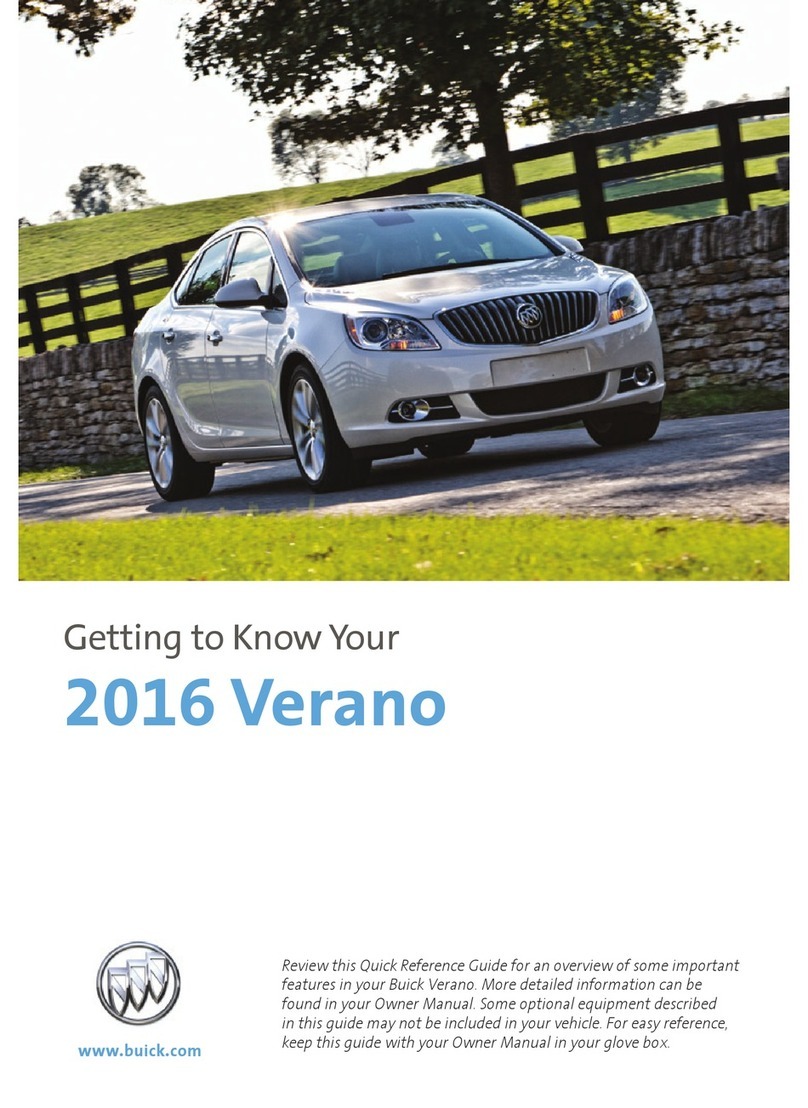
Buick
Buick 2016 Verano Assembly instructions
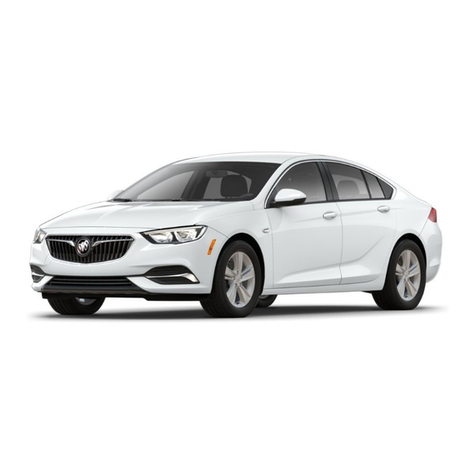
Buick
Buick 2018 REGAL SPORTBACK User manual
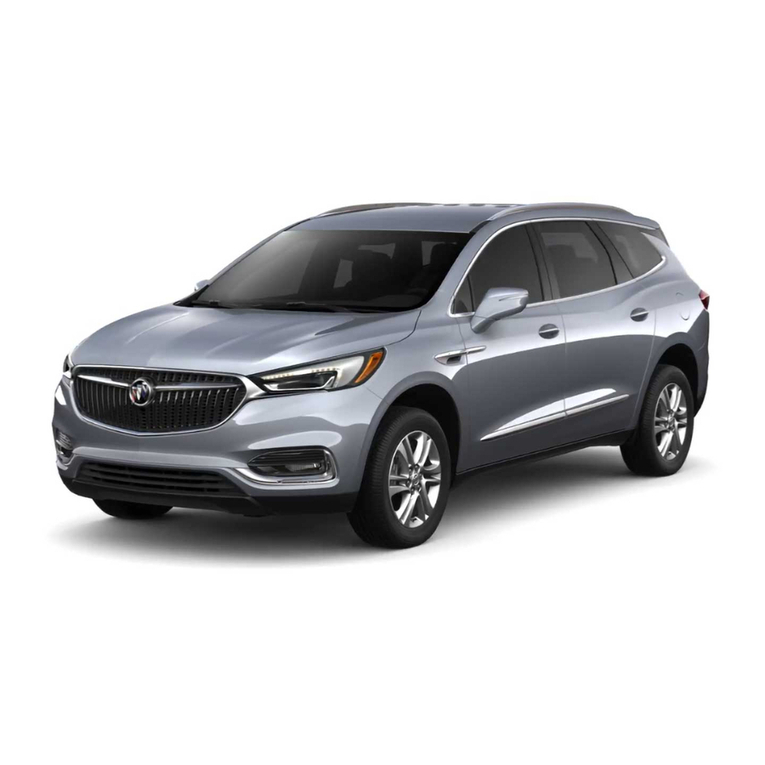
Buick
Buick ENCLAVE2018 Assembly instructions

Buick
Buick 2013 Buick Regal User manual

Buick
Buick LUCERNE - 2009 Assembly instructions
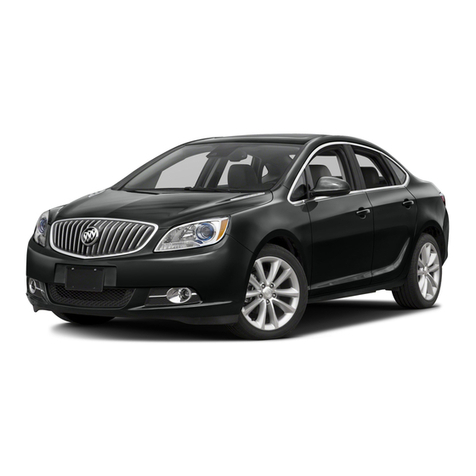
Buick
Buick 2015 Verano User manual

Buick
Buick Encore 2022 User manual
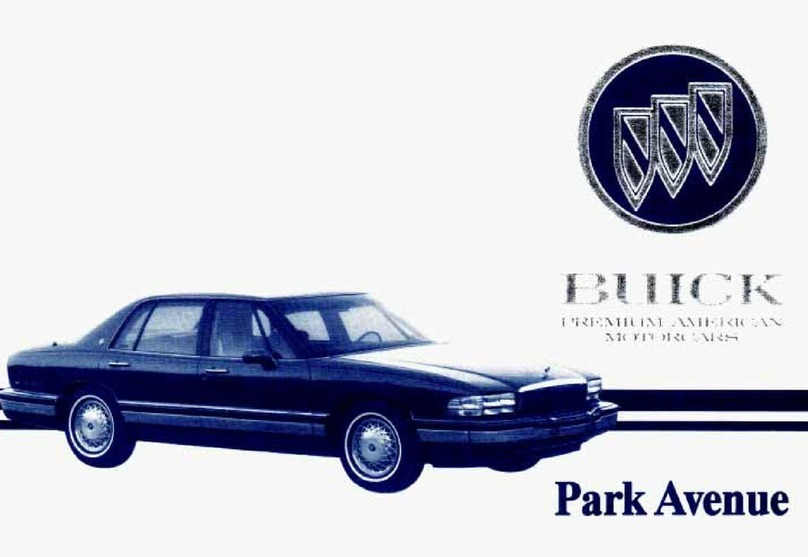
Buick
Buick PARKAVENUE 1994 User manual
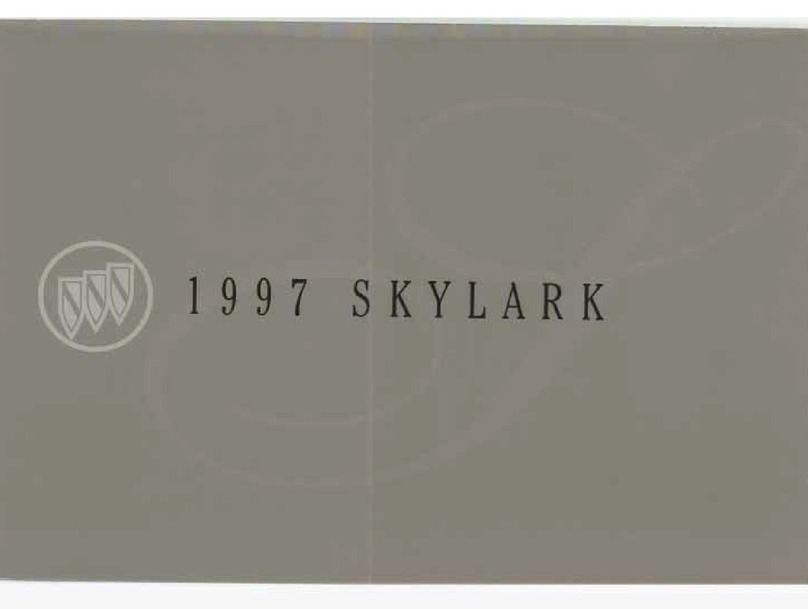
Buick
Buick 1997 Skylark User manual
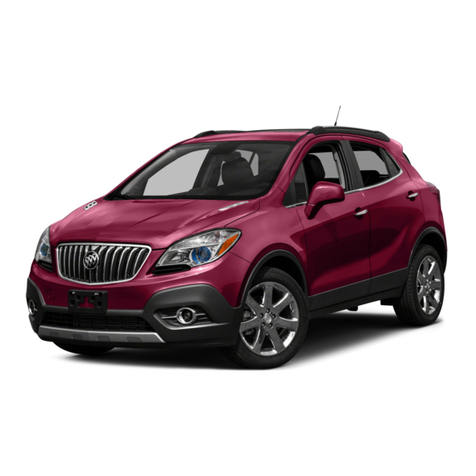
Buick
Buick 2015 Encore User manual
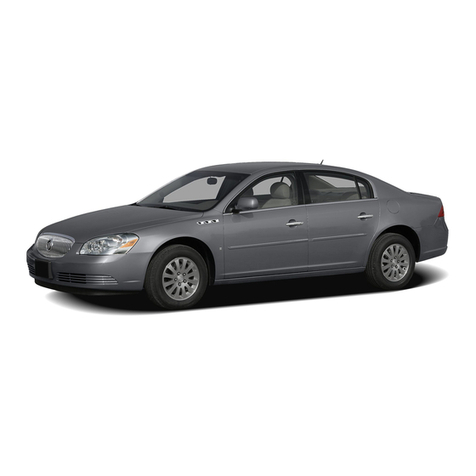
Buick
Buick 2006 Lucerne User manual

Buick
Buick 2012 LaCrosse User manual

Buick
Buick 1994 Century User manual

Buick
Buick 2011 Regal User manual
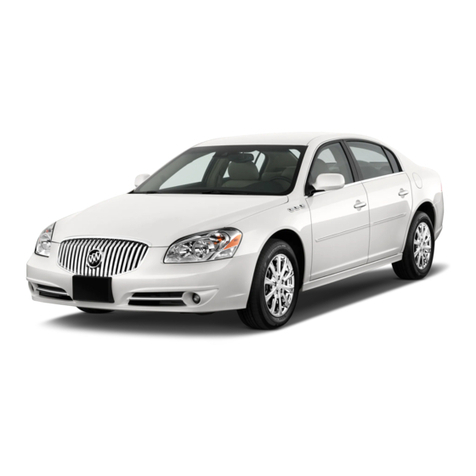
Buick
Buick 2011 Lucerne User manual
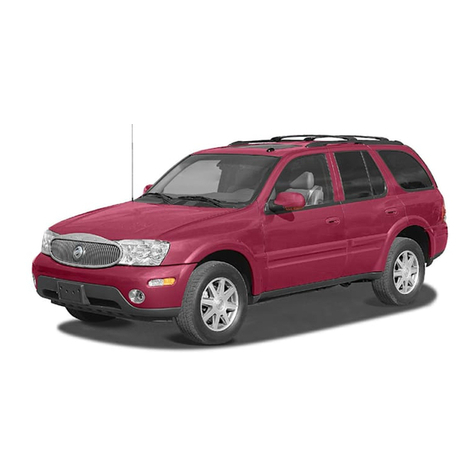
Buick
Buick 2004 Rainier User manual

Buick
Buick LESABRE 1995 User manual
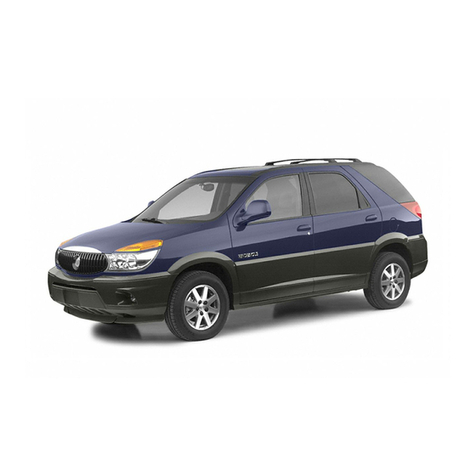
Buick
Buick 2002 Rendezvous User manual

Buick
Buick 2006 Rainier User manual































